PHEV fortunes! BYD cuts pricing of Sealion 6 AGAIN, while Mitsubishi is forced to pull the plug on Eclipse Cross PHEV
While BYD is doubling down on plug-in hybrids in Australia, its primary PHEV rival Mitsubishi is pulling the plug.
BYD has announced a new cheaper Essential version of the top-selling Sealion 6 medium SUV priced at $42,990 plus on-road costs. That makes it Australia’s cheapest new PHEV – and a genuine rival to hot-selling mid-sized hybrid SUVs such as the Toyota RAV4.
At the same time Mitsubishi has revealed production has ended of its most affordable PHEV, the Eclipse Cross compact SUV because it will no longer comply with Australian Design Rules from March 2025 (that’s when stricter regulations for autonomous braking come into force).
READ MORE: 2024 BYD Sealion 6 PHEV review: Is this the new Chinese medium SUV that knocks over the Toyota RAV4 hybrid?
READ MORE: Mitsubishi Eclipse Cross Plug-in Hybrid EV review
These contrasting actions come at a time when PHEV sales are increasing, driven in the short term by the desire of novated lease buyers to access the Fringe Benefits Tax (FBT) exemption that expires for plug-ins on April 1, 2025.
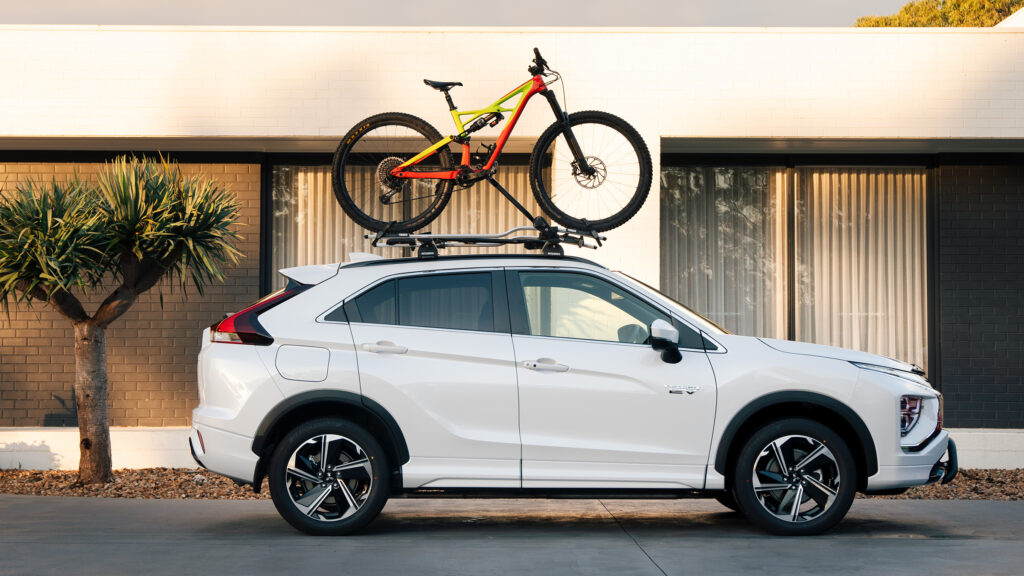
In 2024, PHEV sales in Australia grew 100.2 per cent to 23,163. The Sealion 6 alone – which only launched in June – accounted for 6198 of those sales to be Australia’s top-selling PHEV.
The Eclipse Cross PHEV accounted for 2368 sales for Mitsubishi in 2024 while the Outlander PHEV logged 6126 sales.
These actions come as more brands show an interest in PHEV in Australia. Chinese newcomer Jaecoo will go head to head with the Sealion 6 in 2025 and Leapmotor is also planning to add a PHEV version of its new electric C10 SUV.
Ford will also launch a PHEV version of its Ranger later in 2025.

Like the recently announced BYD Atto 3 Essential and BYD Dolphin Essential, the BYD Sealion 6 Essential drops out some equipment in return for a lower price.
Sealion 6 Essential omissions include heated and ventilated front seats, wireless phone chargers, the 360-degree camera, front parking sensors, acoustic front glass, multi-colour ambient lighting and cabin air purification.
It also swaps to a smaller 12.8-inch infotainment unit from a 15.6-inch touchscreen, six speaker audio from a 10-speaker premium sound system and to a six-way power adjustable driver’s seat from eight-way adjust.
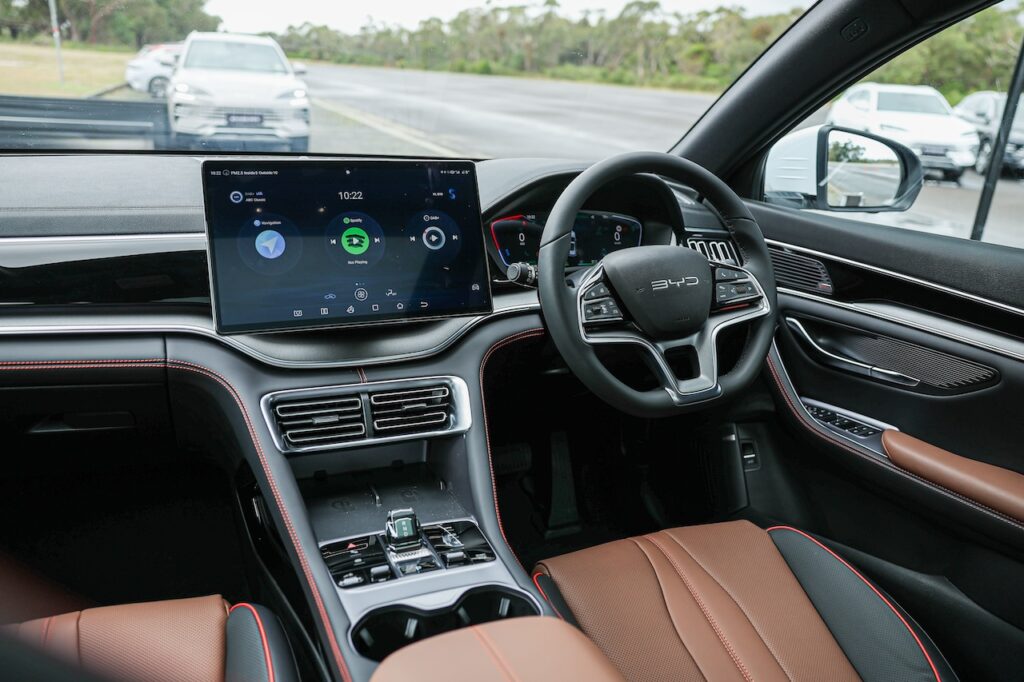
Powertrain and safety specification remains unchanged.
The Sealion 6 Essential slots in under the $45,990 Sealion 6 Dynamic and the $52,990 (both prices plus on-road costs) Premium. As part of wider ranging price cuts across much of BYD’s line-up, both these prices have been recently reduced by $3000 and $2808 respectively.
However, BYD has revealed the Dynamic is going to be phased out and replaced by the Essential, reverting the Sealion 6 to a two-model range.
The Sealion 6 Essential was originally scheduled for a launch in March, but BYD has brought it forward because of “surging demand”, presumably driven at least in part by the expiring FBT exemption.
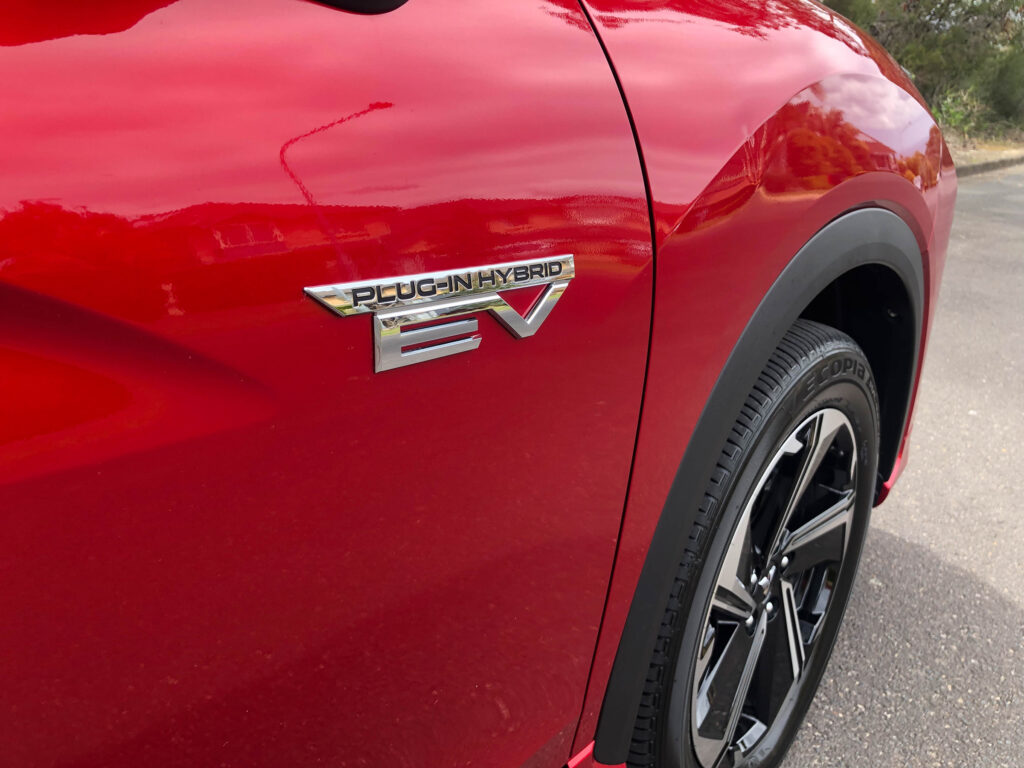
Meanwhile, an autonomous emergency braking systems that doesn’t meet the incoming ADR 98/00 standard has forced the end of Eclipse Cross PHEV production for Australia.
Along with the three-model Eclipse Cross line-up, the ASX compact SUV, the large Pajero Sport 4×4 and orthodox ICE versions of the Eclipse Cross will also be axed.
The Eclipse Cross PHEV kicked off with the $47,790 ES and then progressed through the $51,740 Aspire to the $56,490 Exceed. All prices plus on-road costs.
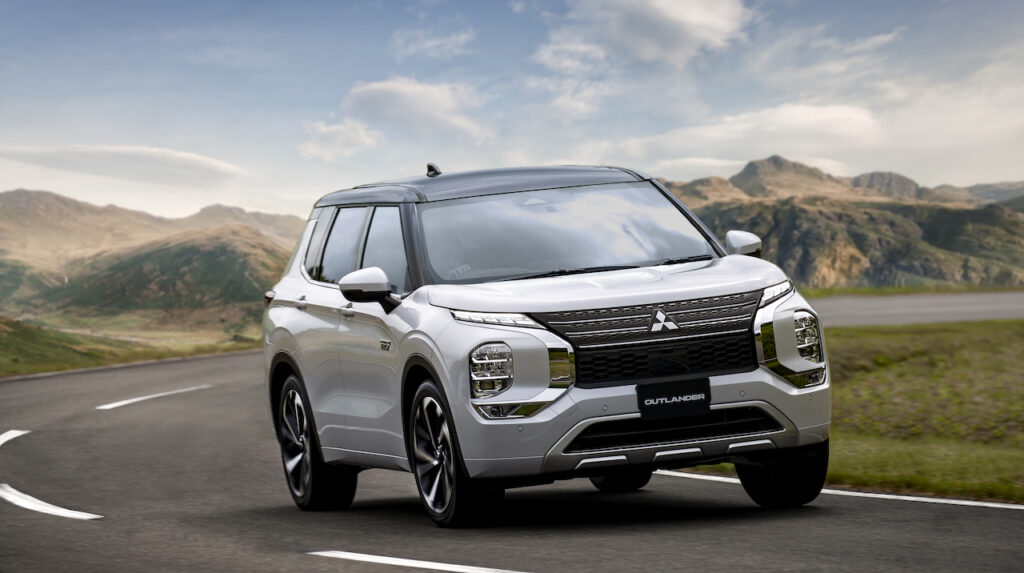
Happily, the newer Mitsubishi Outlander PHEV will continue on and will receive a significant update in 2025 including a larger battery and “higher performance”. The Triton ute continues and a new-generation Pajero Sport is expected to spin off it in 2026.
Mitsubishi has also confirmed a new-generation ASX based on the Captur compact SUV of alliance partner Renault will be added in Australia in 2025.
“Given the position of ASX, Eclipse Cross and Pajero Sport in their current life cycles, investment towards the re-engineering of these vehicles to incorporate the new ADRs was not commercially feasible,” said Mitsubishi Motors Australia chief Shaun Westcott.
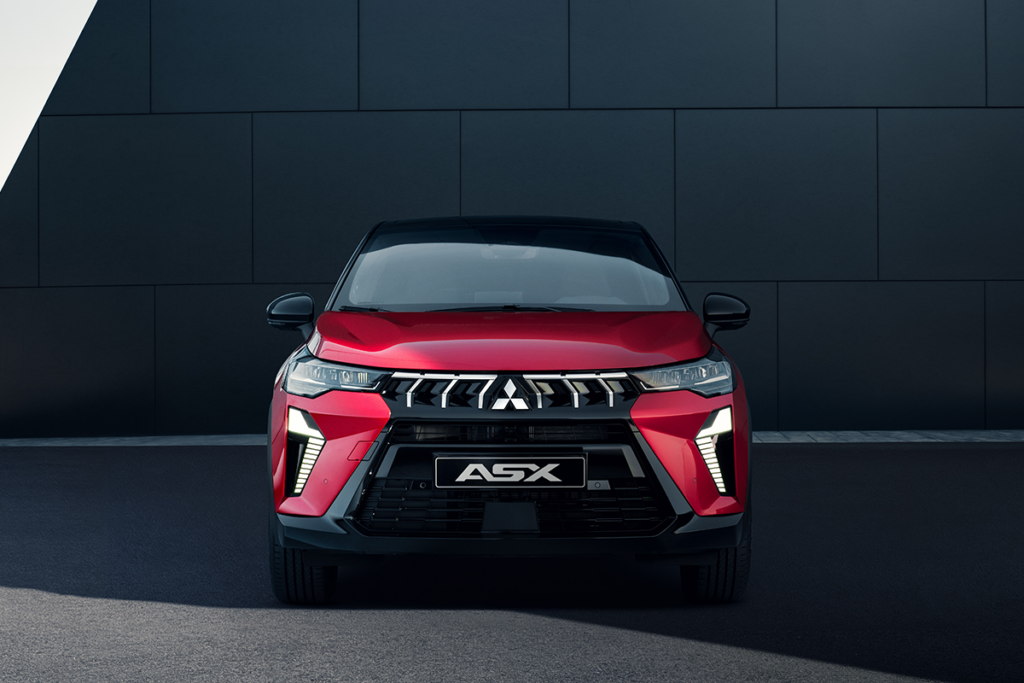
“As a result, Australian production of these vehicles has ended. This is not unprecedented; we have seen similar situations before, and our teams are well-prepared to manage this transition.
“We have worked closely with our dealer partners to ensure each model line will be ordered in sufficient quantities ahead of time. This will support our customers while we continue to confirm our future model plans as a core Mitsubishi market. We will announce these future models in due course,” he said.

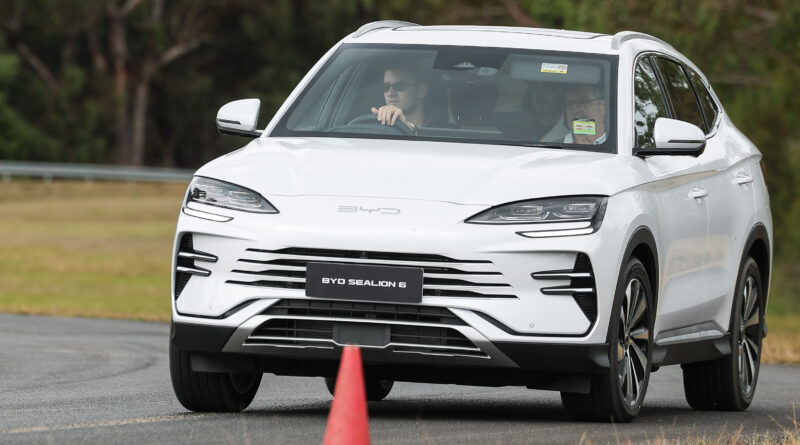
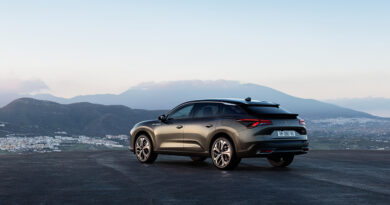
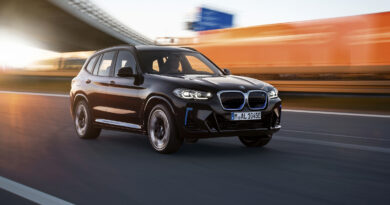
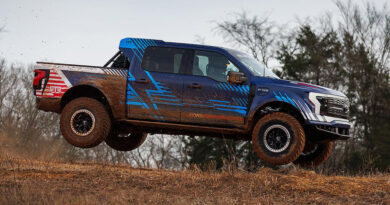
If they cant manage to re-engineer for “Autonomous Braking’ it sound like they may be in financial trouble. They have known it is coming for years.
I have had the privilege of owning a 1994 mitsi GLXI Lancer, a thrifty mirage, and a 2007 Lancer “Limited Edition” – the last of the old shape.
Recently I had my first opportunity to buy a brand new car. I’ve been in the “game” before, many years ago, and I had no particular loyalty to any brand. I also had cash to buy my new chariot.
It was the end of financial year and I hunted for the best deal that suited my budget.
Mitsi eclipse cross, base model.
I’m still getting to know it, but I’m not disappointed.